MARKET SNAPSHOT
The number of new unit completions is projected to decrease substantially in 2025, falling from approximately 2,400 units in 2024 to around 1,000 units—a nearly 60% decline year-over-year.
Net absorption nearly tripled from 2023 to 2024 and is expected to increase by another 30% in 2025, reaching its highest level since 2021, when the all-time peak of 1,600 units was recorded.
Annual rent growth in Tulsa is already outpacing the national average of 1% and is projected to rise steadily through 2025. Growth is expected to peak at 3.2% in the third quarter before moderating slightly to 3.0% by year-end, a 20-basis-point increase compared to the fourth quarter of 2024.
Multifamily construction activity in Tulsa has been more restrained compared to other Sun Belt markets. By the end of 2024, there were 1,360 units under construction, marking a significant decline from the peak of 2,355 units 12 months prior. While the current volume of units under construction remains slightly above the 10-year historical average and construction starts increased in 2024 compared to the prior year, overall activity remains modest by national standards, with the construction pipeline representing just 2% of the existing multifamily inventory—well within the market’s capacity for absorption.
Recent development has been concentrated in South Tulsa/Broken Arrow, North Tulsa, and Downtown, areas characterized by stable population growth and favorable renter demographics. Developers are increasingly targeting regions with strong demand drivers, including proximity to Downtown and highly-rated school systems. South Tulsa/Broken Arrow has led multifamily deliveries since 2010, adding over 2,500 units during that time. However, the focus of new construction is now shifting toward North Tulsa, which is projected to account for approximately 50% of new completions in 2025.
Multifamily demand in Tulsa has gained significant momentum, with 1,036 units absorbed on a net basis in 2024—exceeding the market’s 10-year historical average by over 300 units. Demand is expected to strengthen further in 2025, with net absorption projected to reach 1,379 units. This would represent the highest level of absorption since 2021, when the all-time peak was recorded at 1,600 units.
While elevated completions since mid-2023 have applied downward pressure on occupancy rates, the market is poised for recovery. Over the next four quarters, the average occupancy rate is anticipated to stabilize and trend upward. This improvement will be supported by a reduced pace of new deliveries and increasing renter demand, contributing to a modest 10-basis-point rise in the stabilized occupancy rate across the Tulsa market in 2025.
Average rent growth in Tulsa reached 2.7% in the most recent quarter, significantly outperforming the national benchmark of 1%. This stability can be attributed to Tulsa’s measured pace of development, which has limited the prevalence of concessions that have become more common in other Sun Belt markets experiencing rapid inventory expansion. As a result, Tulsa stands out as one of the few bright spots in the region, where rent growth—while moderating from the pandemic highs of 2021 and 2022—has consistently exceeded 2.5%.
Looking ahead, the outlook for Tulsa remains positive, with steady rent growth expected to continue. Increasing demand and a balanced pace of new deliveries are projected to drive average rent growth to 3.0% by the end of 2025, approaching the market’s historical average of 3.5%.
12-month period ending November 2024
| Income Assumptions | Value / Unit | Year Change (%) |
|---|---|---|
| Rental Income / Occupied Unit | $1,057.98 | 4.6% |
| Recoverable Expenses / Occupied Unit | $64.29 | 13.0% |
| Other Income / Occupied Unit | $63.49 | 5.2% |
| Total Income / Occupied Unit | $1,185.77 | 5.1% |
| Operating Income | ||
| Rental Income | $1,014.53 | 4.1% |
| Recoverable Expenses | $61.65 | 12.4% |
| Other Income | $60.88 | 4.7% |
| Total Income | $1,137.06 | 4.5% |
| Operating Expenses | Value / Unit | Year Change (%) |
|---|---|---|
| Payroll | $128.42 | 4.9% |
| Marketing & Advertising | $15.24 | 1.4% |
| Repairs & Maintenance | $87.89 | 4.8% |
| Administrative | $24.19 | 2.5% |
| Management Fees | $49.32 | 3.9% |
| Utilities | $65.87 | 3.0% |
| Real Estate & Other Taxes | $84.04 | 6.3% |
| Insurance | $40.93 | -0.3% |
| Other Operating Expensees | $0.16 | |
| Total Operating Expense | $496.05 | 4.1% |
| Net Operating Income | $641.01 | 4.9% |
The Tulsa multifamily market is poised for significant growth through 2025, driven by a declining pace of new supply and strengthening renter demand. The construction pipeline has contracted sharply, with inventory under construction down nearly 60% from its 2023 peak. Completions are also expected to decline substantially, with approximately 1,000 units projected for delivery in 2025—a nearly 60% drop from the cycle peak. This constrained supply will play a pivotal role in shaping the near-term market dynamics, creating opportunities for improved occupancy and rent growth.
Renter demand in Tulsa remains robust, with net absorption projected to increase by 45% in 2025, nearing record levels. While recent completions have pressured occupancy rates, stabilization is anticipated as the limited construction pipeline provides the market with an opportunity to absorb existing supply. By the end of 2025, average occupancy rates are expected to see a modest increase, while rent growth, already outperforming the national average, is projected to strengthen further, accelerating to 3.0% by year-end.
Overall, the Tulsa multifamily market is positioned for steady improvement, supported by strong demand fundamentals and a manageable supply pipeline in a growing population center. These factors create a favorable environment for sustained occupancy stabilization and rent growth, offering an optimistic outlook for owners and operators alike.









